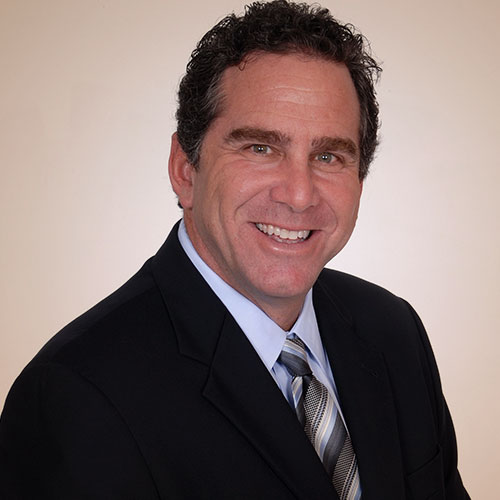The demand for Non-Operating Room Anesthesia (NORA) is increasing as more procedures are performed outside the traditional operating room. This trend brings both opportunities and challenges for anesthesia practices. Anesthesia providers must adapt to the increased workload and unpredictable scheduling needs and ensure the same level of patient care in diverse settings.

Let’s review the impact of NORA anesthesia on anesthesia practices and how providers can optimize services in this new environment.
Increased Demand for NORA Services
In recent years, the medical field has had an increase in procedures that require anesthesia but occur outside the operating room. NORA settings, such as interventional radiology, endoscopy suites, EP labs, and outpatient clinics, now perform a wide range of procedures that once would have been more consolidated in an operating room. NORA cases now represent close to a third of anesthesia cases in the US.
This surge in NORA services means anesthesia providers must manage their time and resources efficiently, often coordinating resources through numerous scheduling systems to meet the needs of both the OR and non-OR environments. The growing demand also challenges anesthesia teams to adjust their workflows, often requiring them to move between different procedural areas in a single day. Practices need to explore ways to streamline their operations and expand their workforce to keep pace with the rising demand for NORA services.
Challenges in Resource Allocation
One of the biggest challenges that anesthesia practices face in NORA is resource allocation. Balancing anesthesia teams between the traditional operating room and NORA settings can strain both personnel and equipment. Facilities must find ways to efficiently assign staff to various locations while maintaining high standards of patient care.
The equipment needs in non-OR settings may be different from those in operating rooms. NORA environments may lack specialized anesthesia machines, monitoring equipment, or immediate access to emergency supplies. To meet these needs, facilities must invest in portable and adaptable equipment that can be easily transported between locations as needed and can meet the monitoring standards for anesthetized patients. At the same time, anesthesia groups need to ensure that each team member is trained to use this equipment in environments that may not be designed with anesthesia care in mind.
Training and Specialization
As the demand for NORA grows, anesthesia providers should expand their skill sets to handle the unique challenges of non-OR environments. NORA settings often present different risks and complications compared to the operating room, such as limited patient monitoring or physical constraints that make managing emergencies more difficult.
Certification is another important consideration for NORA. As these procedures become more common, anesthesia providers may need additional certifications (TEE) to demonstrate their expertise in NORA-specific practices.
Long-Term Impacts on Anesthesia Practice
The roles of anesthesia providers are evolving beyond the traditional confines of the operating room, opening new career pathways and opportunities for specialization such as comfort with complex EP or structural cardiac procedures. Financially, NORA locations tend to be less efficiently scheduled and often skew to higher ASA status. Given the dramatic increase in the cost of anesthesia providers and the poor reimbursement from government programs, poorly utilized NORA locations often increase the levels of subsidy needed to support anesthesia services.
As NORA continues to grow, anesthesia providers may find themselves shifting focus from OR-based work to non-OR settings. This has led to the development of subspecialties within anesthesia, with providers focusing on areas such as interventional radiology, outpatient procedures, or dental anesthesia. The increased demand for NORA services also creates new opportunities for leadership roles in developing protocols, training programs, and quality control measures for NORA environments.
Contact Enhance Healthcare Consulting for Anesthesia Consulting Services
As anesthesia demand changes with the increase of NORA, practices should adapt to new challenges and opportunities. Enhance Healthcare Consulting provides expert guidance on NORA anesthesia-specific protocols, training, and resource management to help your practice thrive in this evolving environment. Contact us to learn how our NORA anesthesia consulting services can support your practice.

Dr. Howard Greenfield is a board-certified anesthesiologist with expertise in cardiac anesthesia, pain management, and healthcare consulting. A founding partner of Sheridan Healthcare, he led anesthesia operations at Memorial Regional Hospital and helped establish trauma and pediatric programs. He later served as VP of Business Development at Sheridan, expanding services nationally. In 2009, he co-founded Enhance Healthcare Consulting, where he’s spent over 13 years leading anesthesia and perioperative improvement initiatives across the U.S. with a data-driven, strategic approach.
